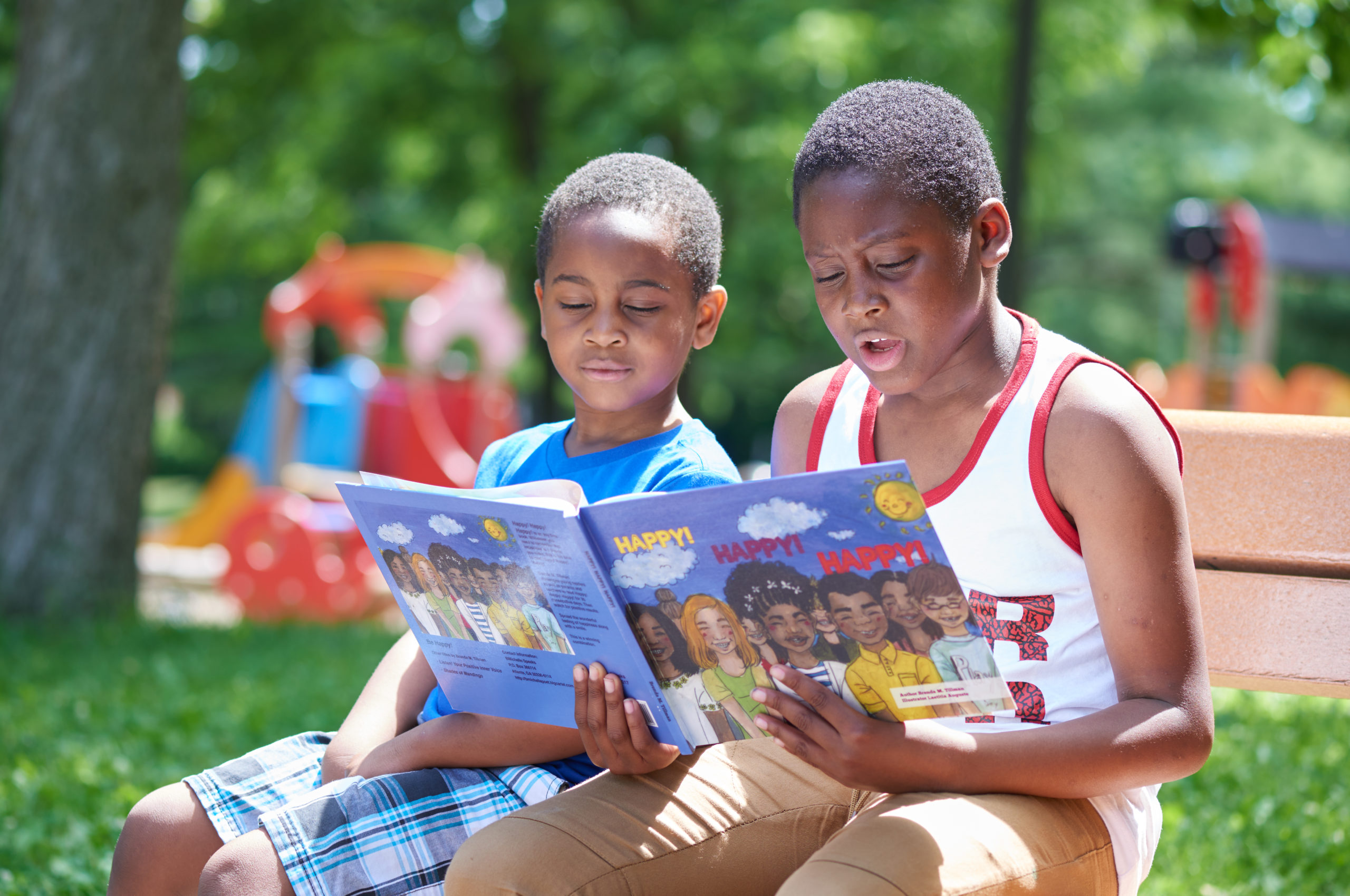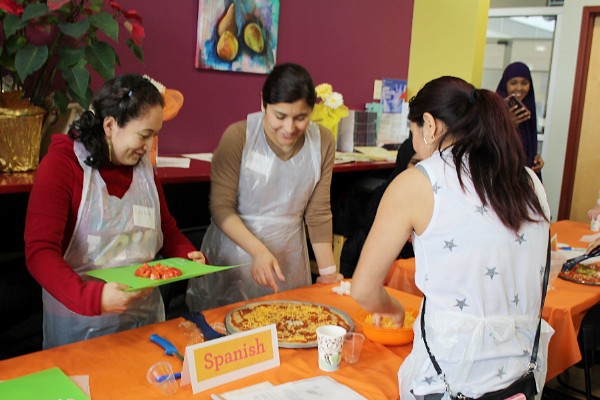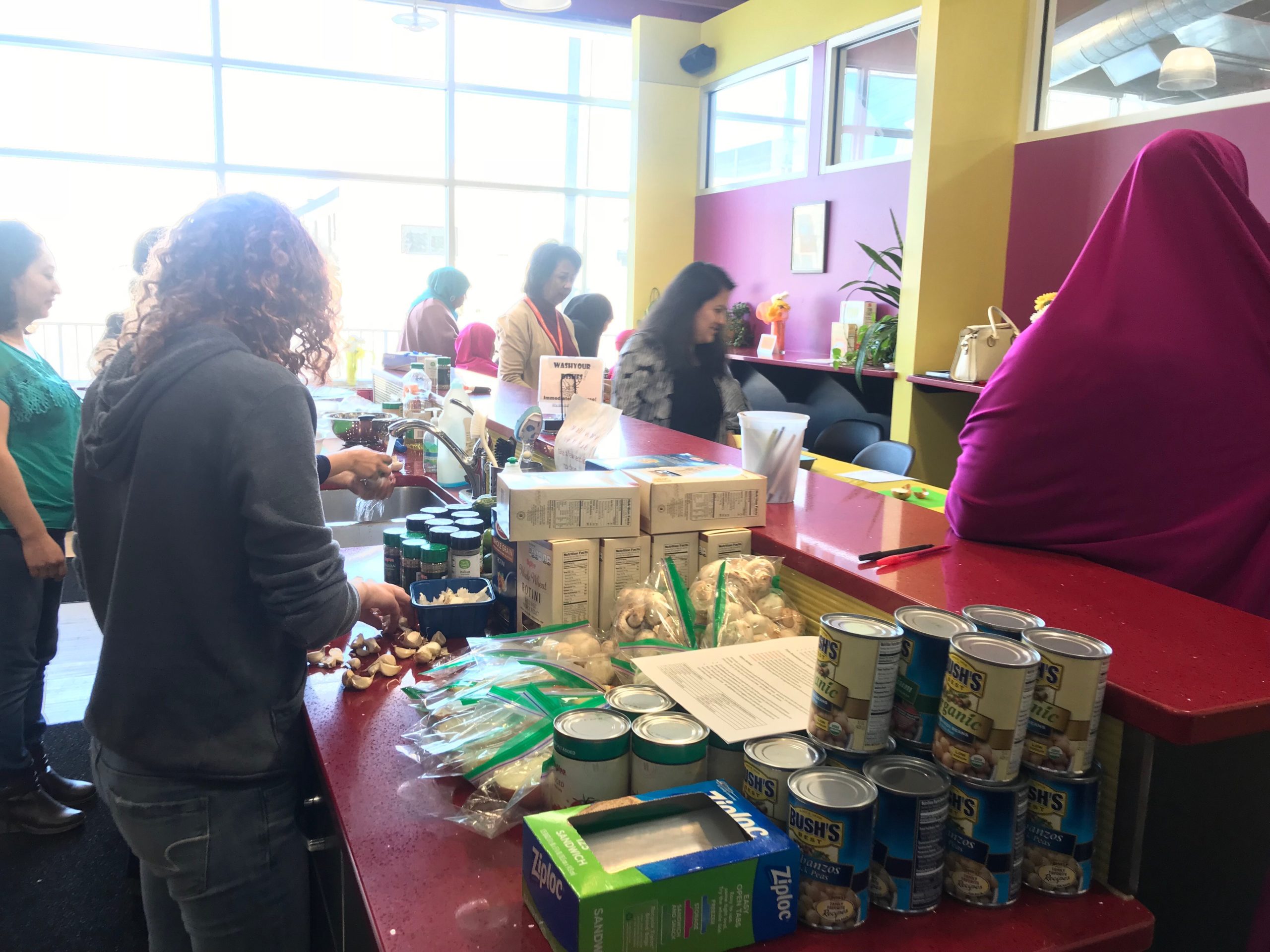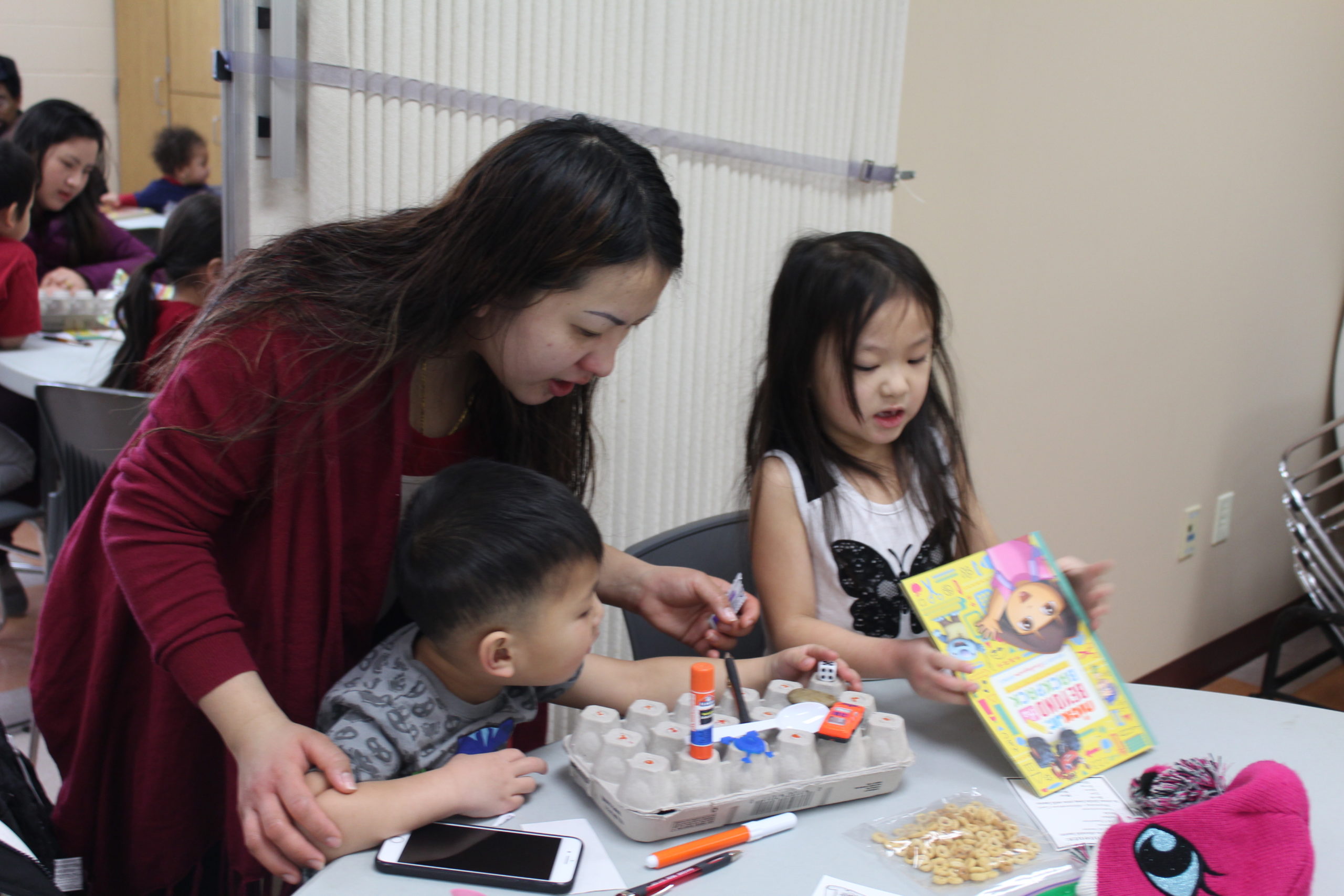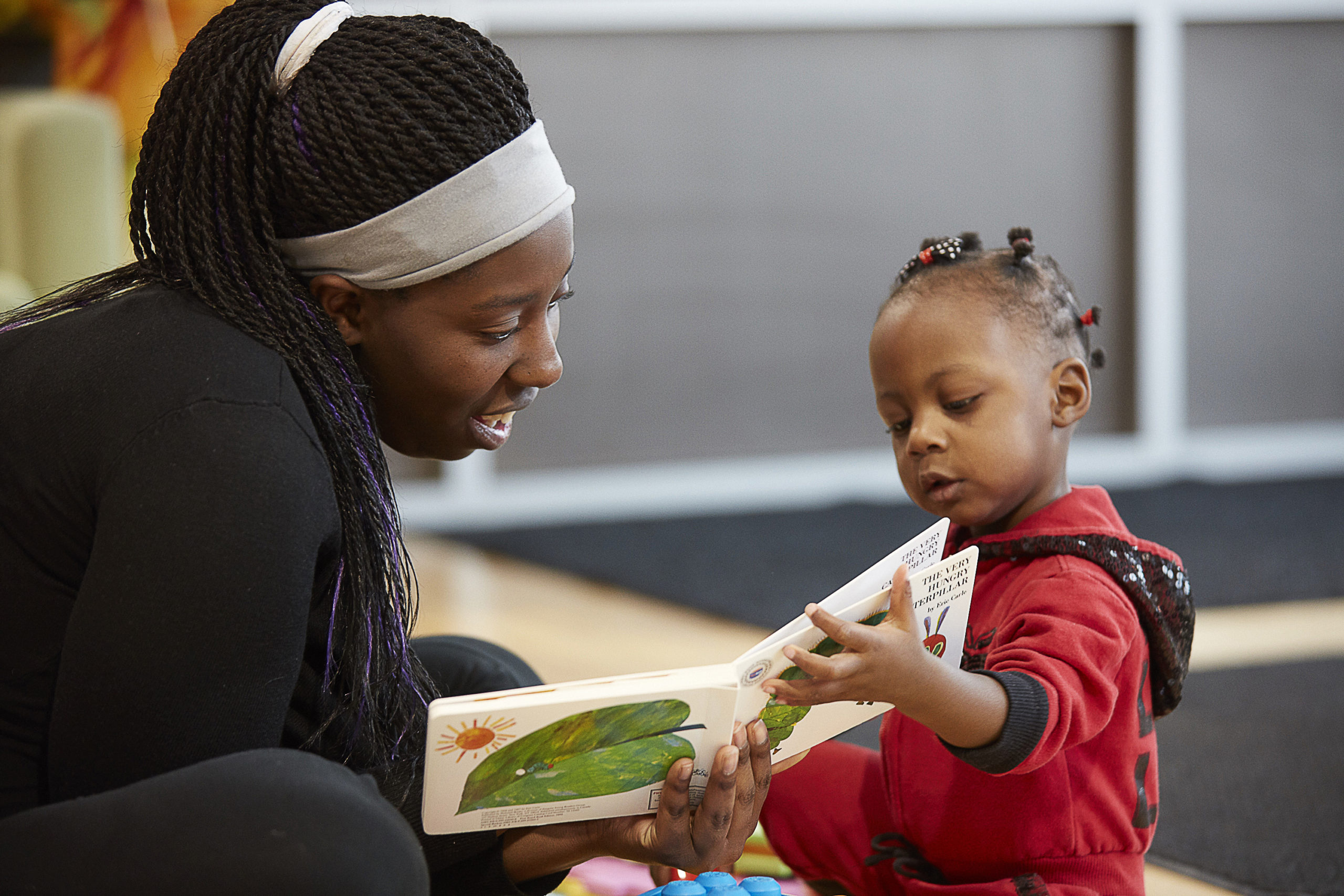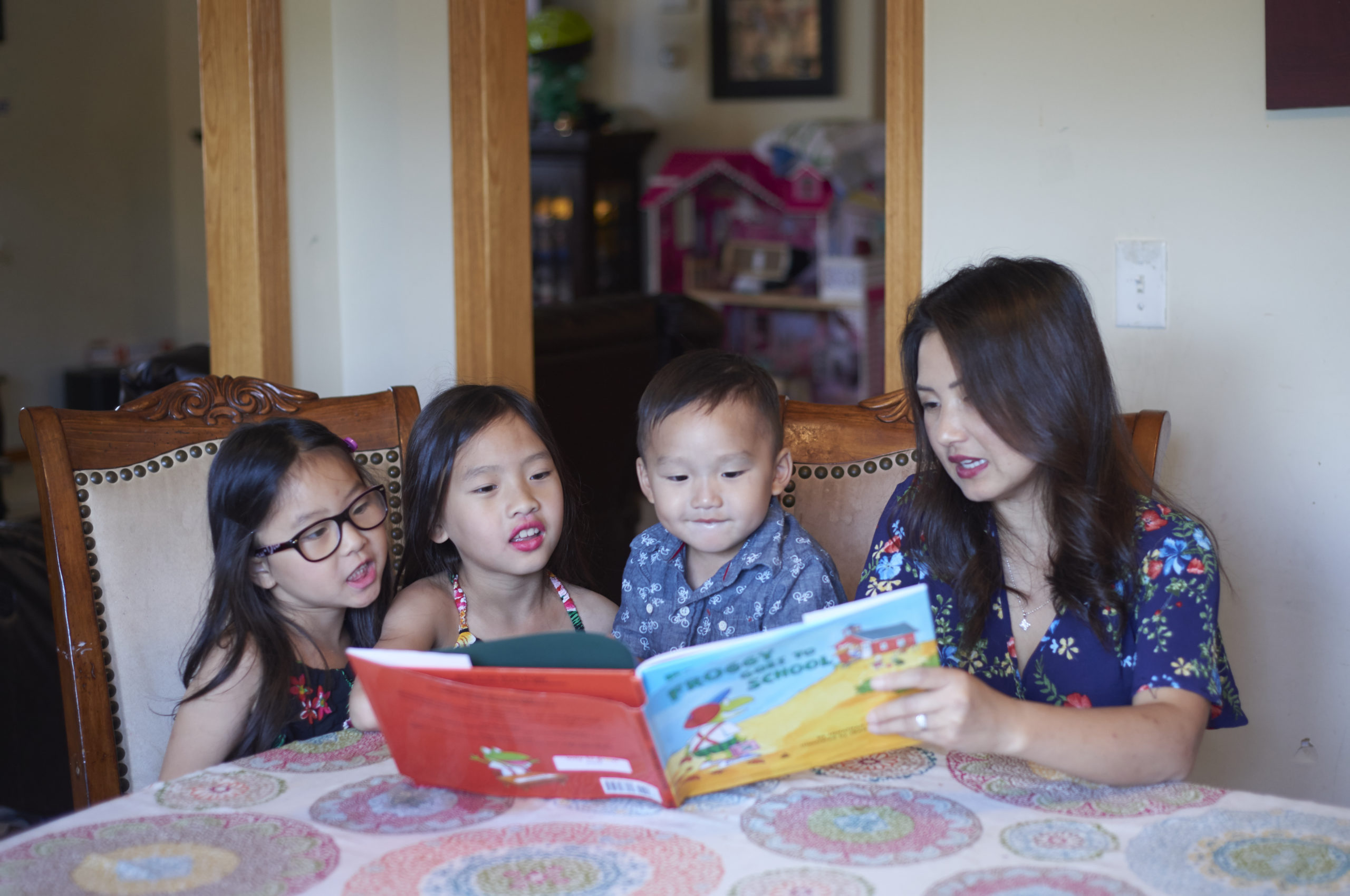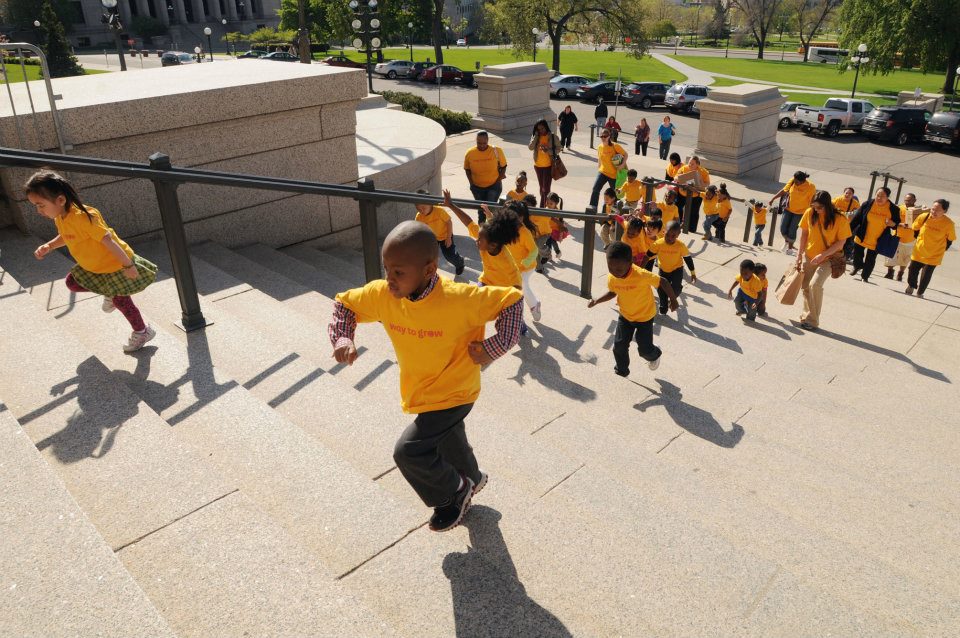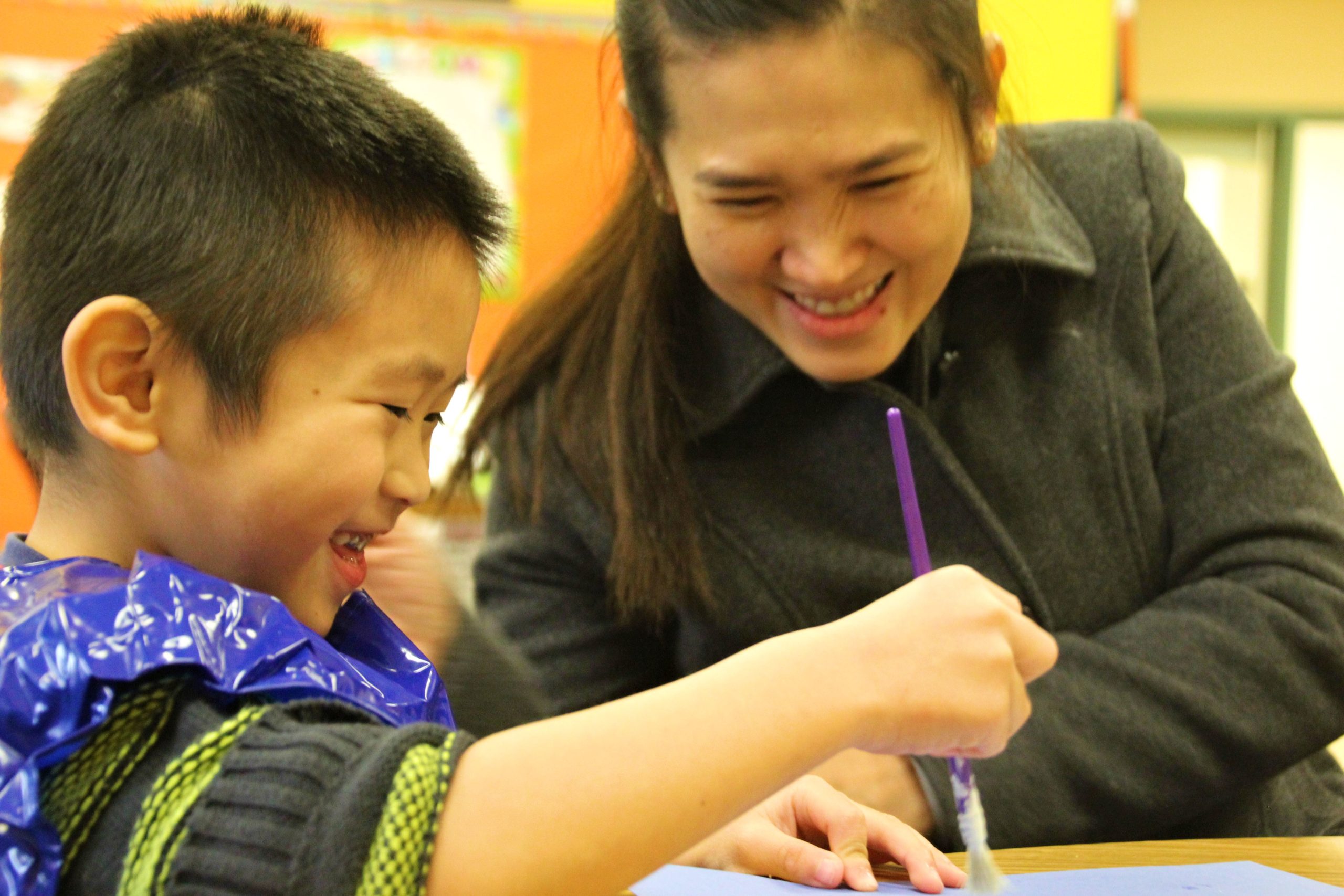by Lori A. Harris, LSW, MSW in partnership with Way to Grow and Mom Enough
Perhaps your family immigration experience was a relatively easy journey, one supported by ample resources and an established, welcoming community. Life in your family’s country of origin may have presented minor challenges or you have immigrated for opportunity, education, or ambition. Perhaps, however, much was sacrificed, even suffered, to arrive here. Perhaps your homeland was a place of deprivation, war, chaos, or secrecy. Your journey may have included hardship and trauma – exploitation, refugee/displacement camps, detention, and scant resources along the way. Or, you or your ancestors arrived via forced migration (slavery, trafficking) or were indigenous people who were terrorized and marginalized. Our country’s history is shaped by the immigrants’ stories. These stories can be difficult, inspiring, harrowing, exciting, or sometimes shameful. We carry with us our stories – and often our stories and their impact carry on into future generations.
A Journey of the Past, in the Present
We often hear from those who undertook the difficult decision to migrate that they did so to make a better life for their children. We wish to pass on so much to our children – our love, our strength, our wisdom, our beliefs and traditions. However, what most of us do not realize, is that along with these hopes and dreams, we may also pass on to future generations some things that are less desirable – the “ghosts” or biological and emotional echoes of our past trauma.
Even when children have not experienced certain traumatic events, they can be affected by the stories that family members tell and recall. These are often referred to as “intergenerational” (or multigenerational) transmissions. They can sometimes remain present in the feelings (anxiety, sadness), emotional patterns (avoidance, emotional withdrawal) and/or beliefs of our offspring – over several generations. These transmissions can also be reflected in the children’s view of the world. For example, they may feel that the world is not a safe place, that people cannot be trusted, that people can abruptly disappear, and that they must always be vigilant (prepared for danger, scarcity, persecution). Sometimes, this can also show up in children in the form of symptoms. These can include depression (which in children can also include “acting out”), anxiety (including fear of separation from parent), physical symptoms such as headaches or stomach aches, or hypervigilance, such as preoccupation with safety. Depending on a family’s present status, environment, and resources, some of these concerns may of course be relevant (for example being cautious if one lives in a high crime area, concerns about an undocumented parent, etc.). However, absent these apparent risks, these feelings can often be evidence of “leftover” transmissions from difficult family experiences.
Of course, this expression of trauma from one generation to the next is not unique to the families of immigrants – it can affect any family. However, it can be complicated by immigration due to the challenge of processing these experiences across time, distance, language, and different cultural norms.
Another emotional challenge for families can be the experience of loss. Despite the opportunities provided by immigration (which may result in an increase in actual safety), there is also the experience of leaving behind a country, culture, and perhaps family members and friends. The migrant’s story is often described as a form of ambiguous loss, living with grief, and homesickness that is not readily acknowledged. Pauline Boss, retired University of Minnesota professor of Family Social Science described in her groundbreaking 1991 book that ambiguous loss is one that is “incomplete” or partial. It can, however, be a source of great stress or sadness, a feeling of being psychologically stuck between two worlds. Someone may think, “well my mother is still alive, why should I grieve her?” or “my family has a new life and has left behind a difficult experience, so why am I sad?”. This form of loss can sometimes result in a parent or grandparent who feels deeply conflicted and not fully present emotionally. It can also be a source of confusion for a child who may see a mostly happy family life — but experiences a perpetually grieving or disconnected family member.
Coping and Growing through Family Rituals (Honoring the Past, Embracing the Future)
In many cultures and religions, ritual plays an important role in helping to process loss and grief and strengthen families. From birth to death and all the many occasions in between, rituals provide us a critical vehicle for connection, acceptance, coping, celebration and growth. Noted family therapist Evan Imber-Black defines family rituals as activities or behaviors that typically involve most of the family and are carried out for a variety of occasions (1992). They are valued by the family members and the expectation, or hope, is that they will be carried out in future generations. They include celebrations such as holidays that are special to the family, such as weddings, funerals, baptisms, or bar or bat mitzvahs. They not only provide the opportunity to identify as a family unit but often to connect with the wider community and culture. Rituals can also include traditions such as family vacations, birthday customs, storytelling, blessings offered at meals, special food, clothing, or music at parties. Rituals are important for family members because they emphasize continuity and identity, transmit family values and beliefs, and provide an opportunity to express and share strong emotions.
We know from research the importance of rituals in helping families remain connected and heal from loss, trauma, or major transitions. Immigration, however, may disrupt family rituals in a significant way. There may be family members “back home” who cannot join the family, or the person who immigrated may not be able to return to their home country for a death, burial, birth, or holiday. Family roles and traditions are difficult to maintain with separated families, and even joyous celebrations can serve to emphasize the loss or absence of family members. It can also be difficult to maintain family rituals in a new place, with challenges including a lack of a common community, difficulty accessing special foods or decorations, inability to visit family burial sites, or other sacred sites. Also, newer generations of family members may reject tradition (instead prioritizing assimilation), or a marriage or partnership with someone from another culture or religion may introduce new beliefs.
Moving Forward with Resilience and Hope
Despite these challenges, how do parents help themselves and their families remain connected and move forward with resilience and strength?
If your history includes trauma and you feel that it still impacts you and/or your children in a noticeable way (nightmares, difficulties with relationships, addiction to substances to help with coping, symptoms that make it hard to live an “ordinary” life—for example going to stores, using transportation, etc.), then you may want to consider talking to a professional counselor. If possible, it would be helpful to find someone who is familiar with, or willing to learn about, your culture. A professional counselor can help you evaluate whether past trauma may be negatively affecting your health or well-being. Much has been learned in the field of trauma and the treatment of post-traumatic stress (PTSD). There are a variety of ways (including some that do not require you to tell your trauma story) to help you and your family heal from a difficult past.
Denying feelings of loss can also get in the way of moving ahead with your life and affect the well-being of family. Acknowledging and accepting your complex feelings of loss can be important to personal growth and enhancing connectedness with others, including children. Oftentimes, people feel shame over their grief, particularly if it is prolonged. But grief is a natural process and does not follow a rigid schedule. If grief is overwhelming, you might consider talking to a spiritual advisor, a counselor, or joining a support group. Many libraries also have books on loss and grief. It doesn’t matter how long it has been; it is never “too late” to pursue support and healing.
In addition to professional or community support, you can also maintain or reintroduce family rituals to promote family healing and connection. You may also wish to find a way to unite old family traditions with new traditions. Maybe add a traditional dish or blessing to a new occasion, for example reciting a traditional family blessing in your native language at Thanksgiving dinner or introducing traditional family dishes to the Fourth of July barbecue. Integrating and sharing these traditions will help to ease a sense of loss and create a bridge between the two worlds. This may also increase the possibility that your cherished traditions will be carried forward by future generations.
Writing your family story together or building your family tree can also be a unifying exercise for families. Your children can see their place in the family history and their role in its continuity. This can also be an opportunity to recognize family strengths, a source of pride and inspiration. Family histories often reveal stories of devotion and courage, daring and adventure. Much as children may carry the stresses and fears of difficult family experiences, they also embody the determination and fortitude of their relatives. This new perspective can be empowering, granting us a true appreciation of what it took to get our family this far and inspiring gratitude for the possibilities that still lie ahead. Roots and wings – we need both to thrive, and to fly.
Want to learn more?
Resources:
Family therapist Evan Imber-Black, PhD, explores the importance of family ritual in great detail in her writings, especially Rituals in Families and Family Therapy (Harper Collins, 1992).
Minnesota native and gifted therapist and professor Pauline Boss originally wrote Ambiguous Loss in 1991 (Harvard University Press), and her work is still highly relevant today.
The validity of multigenerational/intergenerational trauma continues to be supported by ongoing/new research. Primary influences are Murray Bowen, Charles Figley, Bessel van der Kolk, and Rachel Yehuda.
Note:
For those parents also dealing with the challenges of being undocumented, this is unfortunately made more difficult by the current political and social climate. Our expertise is not legal expertise, so I can only say here that we recognize that this can be a tremendous source of stress for your family. Having a plan, understanding your rights, and being prepared are some practical things you can do to help manage anxiety and uncertainty. There are many excellent immigration advocacy organizations that offer advice on how to cope with these issues. Also, if emotional symptoms interfere with coping and everyday life, it may be helpful to seek a counselor for yourself or your children. Licensed counselors are bound by confidentiality laws and do not concern themselves with issues related to immigration status. (Confirm counselor or agency policies before engaging with their service.) A good resource for helping children cope with immigration stress and family separation may be found at: https://www.nctsn.org/sites/default/files/resources/fact-sheet/nctsn_resources_traumatic_separation_and_refugee_and_immigrant_trauma.pdf
Download this article here: Immigration, Loss, and Trauma




